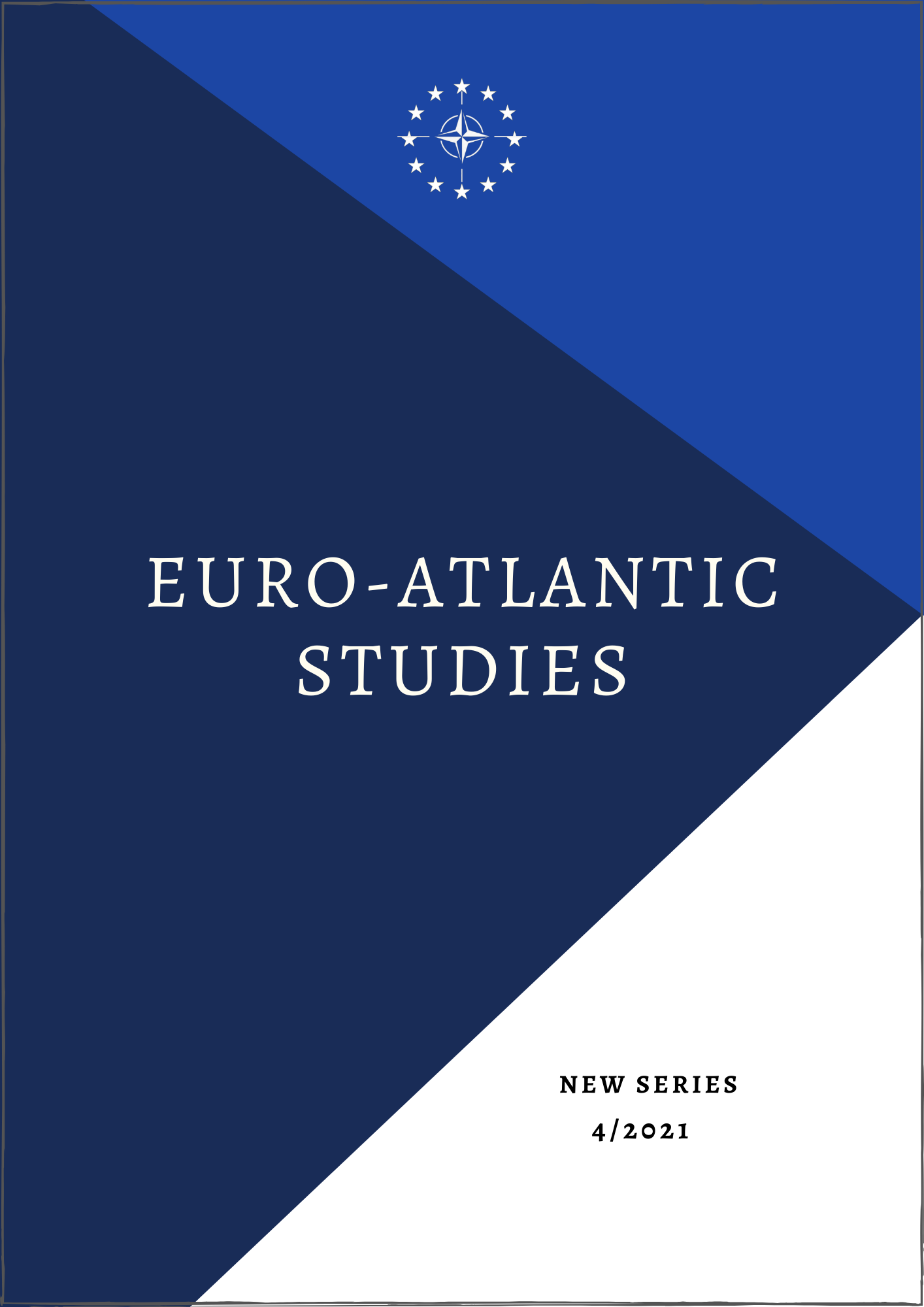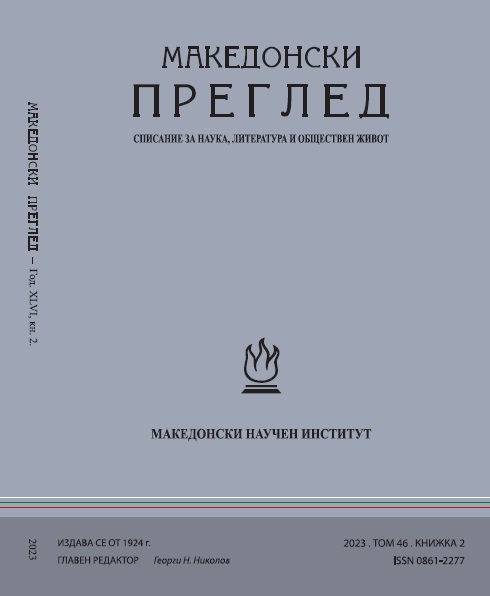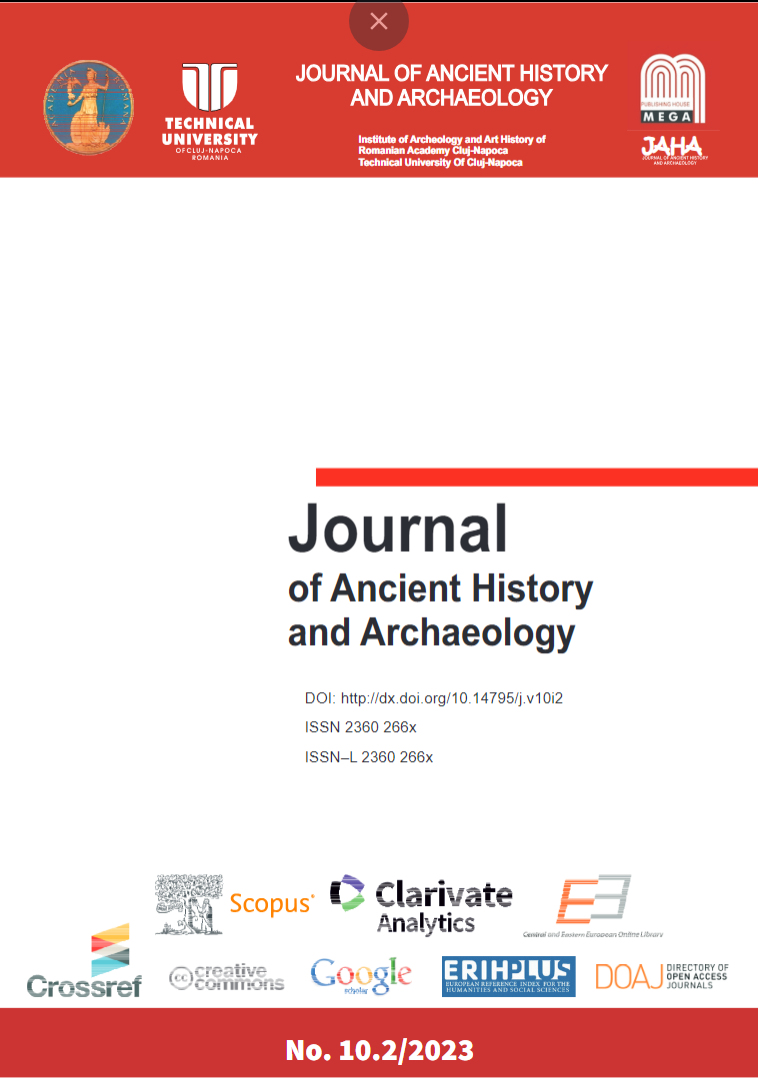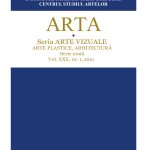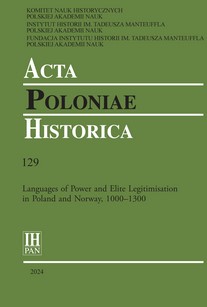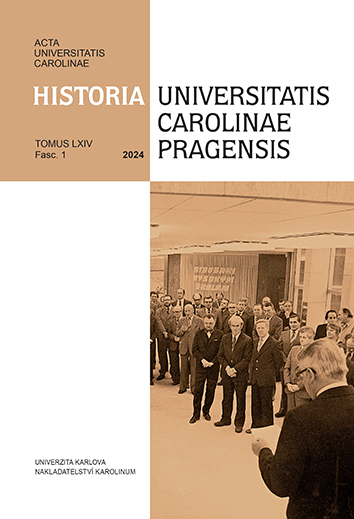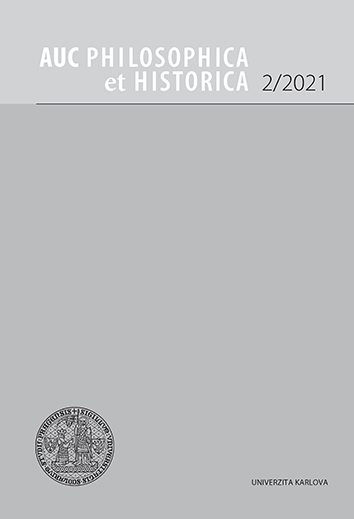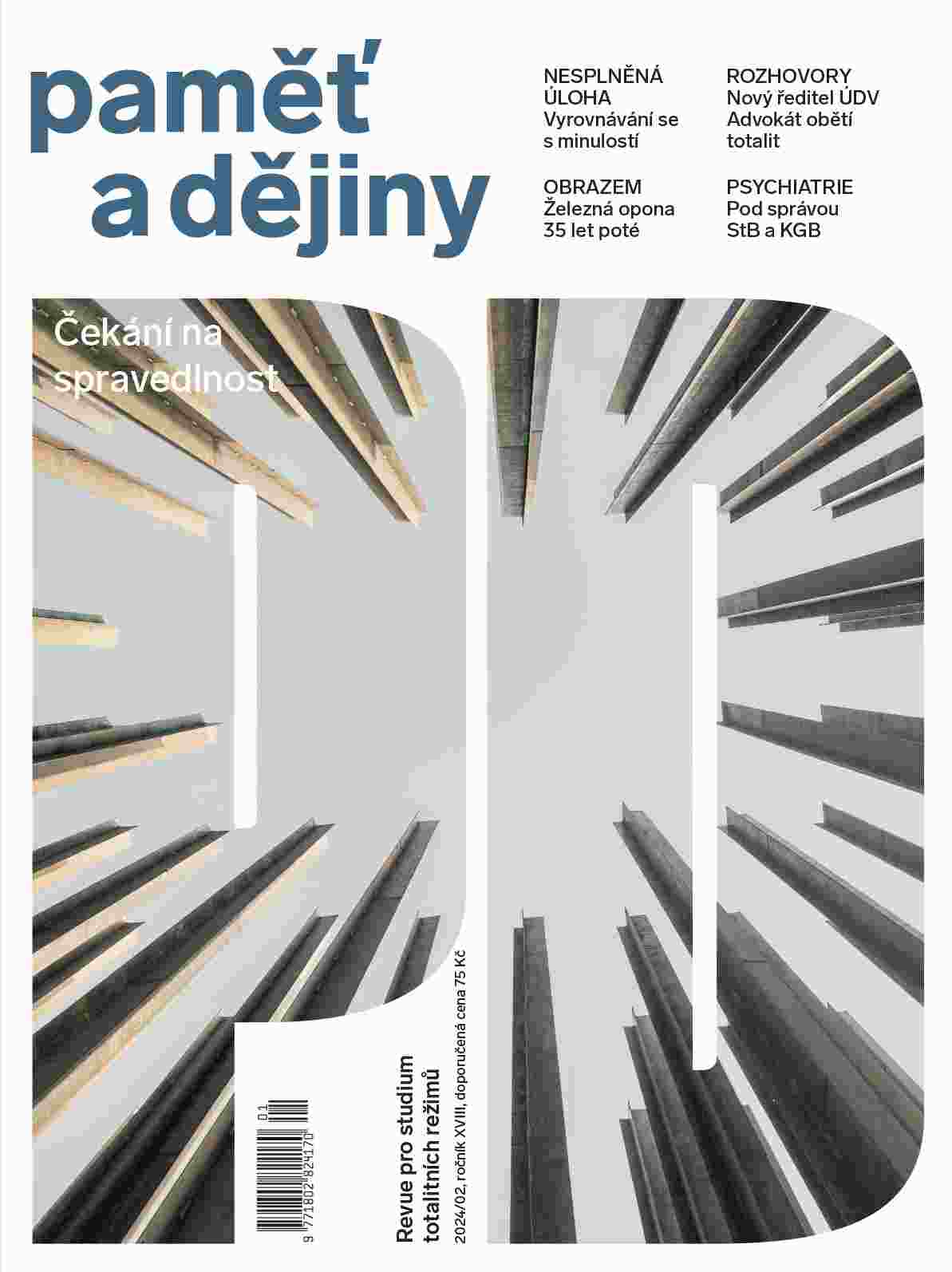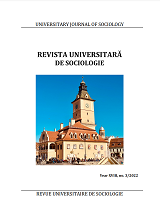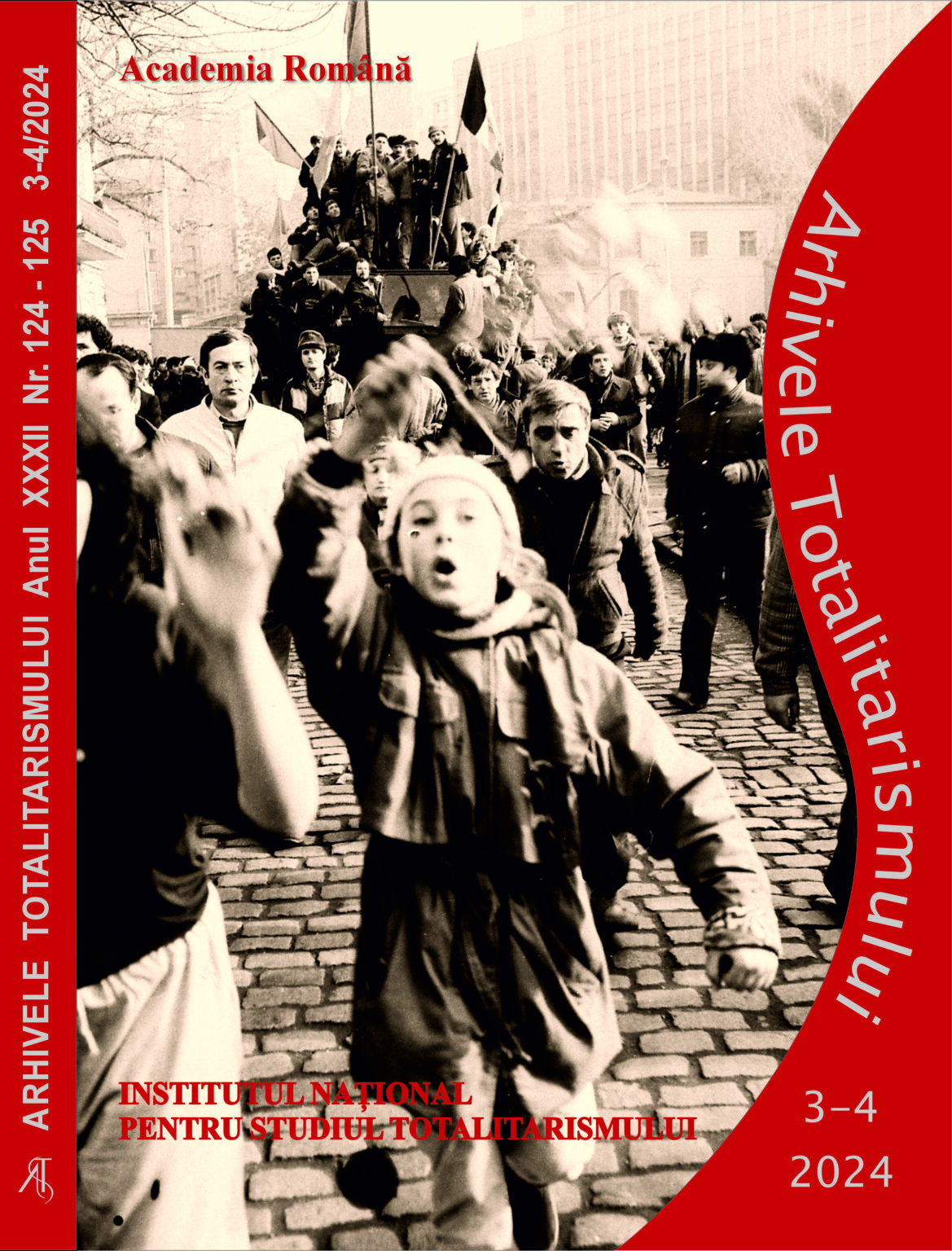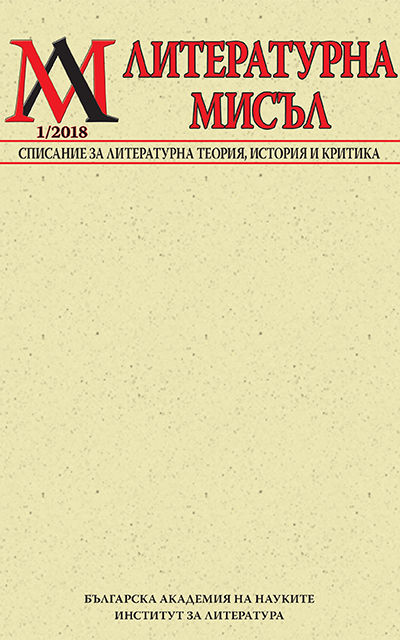
Преплетените истории на Балканите
This paper presents volumes 2 and 3 of the collective research project “Entangled Histories of the Balkans” dedicated to the “Transfers of Political Ideologies and Institutions” (edited by Roumen Daskalov and Diana Mishkova) and to the “Shared Pasts, Disputed Legacies” (edited by Roumen Daskalov and Alexander Vezenkov). Modern Balkan history has traditionally been studied by national historians in terms of separate national histories taking place within bounded state territories. The authors in this volume take a different approach. They all seek to treat the modern history of the region from a transnational and relational perspective in terms of shared and connected, as well as entangled, histories, transfers, and crossings. This goes along with an interest in the way ideas, institutions, and techniques were selected, transferred and adapted to Balkan conditions and how they interacted with those conditions. The volumes also invite reflection on the interacting entities in the very process of their creation and consecutive transformations rather than taking them as givens.
More...
![Konrad Seitz, Chiny. Powrót olbrzyma, [Dialog, Warszawa 2013, 425 s.]; Dietmar Rothermund, Indie. Nowa azjatycka potęga, [Dialog, Warszawa 2013, 316 s.]](/api/image/getissuecoverimage?id=picture_2014_42599.jpg)
